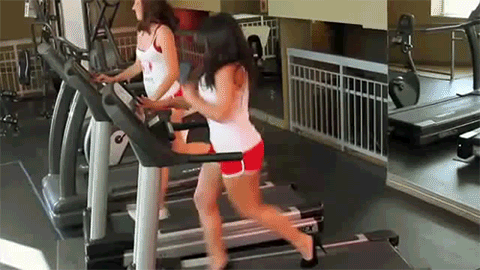5 Reasons Why The Electronic Handbrake Needs To Die

1. They're too tempting to mess with while driving

If, like me, you’re the type of person who looks at an emergency exit, reads the ‘only to be used in the event of an emergency’ sign, then pushes it open anyway just to see what happens, then electronic brakes are bad news. Because they’re so small and easy to either push in or out, I’ve done just that while driving just to see what will happen. Obviously, when you’re travelling under a prescribed speed, the rear wheels will lock up. But I knew that already, I just had to prove some weird point to myself.
Similarly, I was ferrying a friend around in a new Lexus CT200h a few years ago. While driving in traffic (!) he pulled the lever, and guess what? Yup, the car slammed to a halt, which scared the bejeezus out of me. Luckily, there wasn’t an Audi behind me at the time…
2. They're no fun

Sometimes, you just have to yank up the handbrake and skid the rear wheels when it’s safe to do so (a car meet is not the place for this). An empty car park is always tempting, and if you’re a drifter or rally driver, it’s obligatory.
Electronic brakes don’t work like a normal handbrake, however, because you can’t modulate them (they’re either on or off), nor can you use them at speed.
3. Up or down...Which one is it?

If you asked me to engage an electronic parking brake, my chances of actually doing it first time would be 50/50. The reason for this is that manufacturers do not adhere to an industry standard of pull to engage and push down to release. To make matters even more confusing, Maserati employs a pull/pull electronic brake to release and hold…
Of course, a lot of electronic parking brakes release the second you pull away, which makes things a little easier, but not as easy as pulling a phallus.
4. You can't work on them yourself

If you want to change the handbrake shoes on your rusty old MX-5, then you’ll need a jack, axle stands, a torque wrench, a variety of spanners and some copper grease. You’ll also need some duct tape handy, just in case. If you want to do work on your electronic handbrake, however, then you’re out of luck…it takes a computer and scanner to electronically open and close the calipers before getting to work on them.
5. The hill-hold function

Hill-hold systems can be great, but only when they work well. The idea is that when you pull up to a junction, and if you’re on an incline, the system binds the rear brakes to hold you in place, ready for you to pull away again. Because the braking is done for you, your feet are free to use the clutch and accelerator pedals without having to worry about rolling backwards.
But hill-hold only works for a few seconds before it disengages, meaning that it can take people by surprise. In some cases, the car suddenly rolls back, which is more awkward than falling off a treadmill. Then, there are other systems that stay latched onto the brakes too aggressively, which makes it difficult to sometimes break free of the clasp of death.
With a traditional handbrake, there’s no messing around - simply feed in the power, release the handbrake and hey presto, you’ve nailed it. Like doing your first clean heel-and-toe gear change, there’s something satisfying about pulling away as smoothly as Morgan Freeman’s buttery voice.














Comments
No comments found.